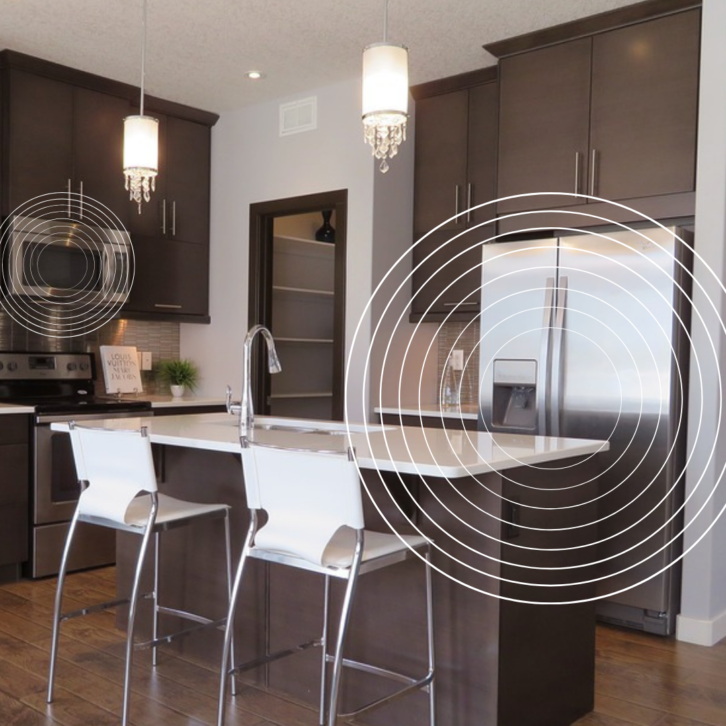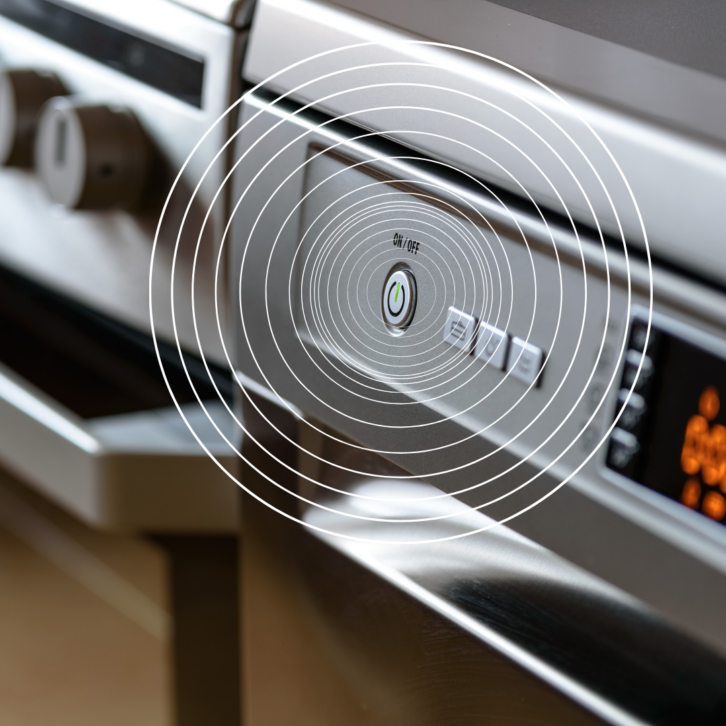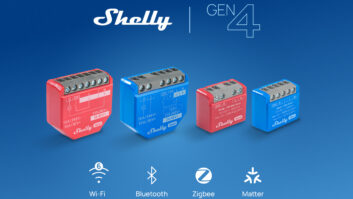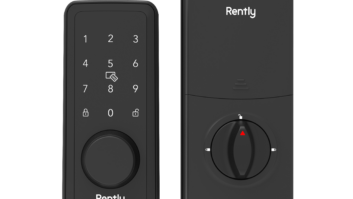 As the smart home industry continues to grow and mature, features that support its implementation, such as voice, will play a more critical role to product development. Consumers have flocked to using voice to access information or control devices like Amazon Echo and phone services like Siri. Currently 41% of individuals use voice technology at least once a day.
As the smart home industry continues to grow and mature, features that support its implementation, such as voice, will play a more critical role to product development. Consumers have flocked to using voice to access information or control devices like Amazon Echo and phone services like Siri. Currently 41% of individuals use voice technology at least once a day.

As smart technology percolates across the home, it is now also working its way into some of the busiest rooms in the home – like the kitchen, laundry room, and other places where users might need to call out for a helping hand.
The ability for a consumer to ask their refrigerator to read aloud a grocery inventory, play a recipe video while cooking, or ask the oven to preheat while they prepare dinner, all contribute to the user experience and improve time spent in any room in the home.
Voice is an innate human behavior, one that users naturally use to interact, search for information, or give commands. Voice has become a critical component of how end-users access their smart devices in the home, but to date, its capabilities have only scratched the surface of what is possible.
 Surging growth in the voice recognition market is expected in the next five years with at least a 16.8% increase by 2026. The largest obstacle regarding widespread voice adoption is accuracy – if a user must ask a voice assistant to turn off three times, that is no more convenient than manually doing it.
Surging growth in the voice recognition market is expected in the next five years with at least a 16.8% increase by 2026. The largest obstacle regarding widespread voice adoption is accuracy – if a user must ask a voice assistant to turn off three times, that is no more convenient than manually doing it.
As a result, manufacturers are tasked with delivering voice-enabled smart appliances that work correctly and efficiently, every time. Amid a competitive landscape for smart devices, there is mounting pressure on appliance manufacturers that are already attempting to build a multitude of complex, new smart features, and connectivity to meet customer demand.
A key component in accelerating time-to-market is the latest in audio edge processing technologies. These technologies address the growing demand for voice support in smart appliances by compiling the advanced features and capabilities consumers desire.
Product designers can leverage advanced voice processing algorithms on the chips, while also benefiting from low power, high computer processing at the edge and away from the cloud. The benefits of edge processing span beyond just power and into performance, offering lower latency for accurate voice recognition and far-field pickup, ensuring that a consumer’s voice can always be heard, even in noisy kitchens or utility rooms.
 Modern audio edge processors are also capable of supporting voice service interoperability – which means that multiple voice assistants can be integrated into a single device. Customers can enjoy the voice integration via the voice assistant of their choice, with enhanced privacy via the edge processing. These components also allow the devices to be integrated into a broader ecosystem of smart appliance devices for greater interoperability – a crucial smart home demand. This level of seamless control and accessibility has a trickle-down impact on adoption. The more that consumers have a positive experience with voice control, the more they’ll want to adopt more devices using it and so on – getting voice integration right now is critical to supporting future growth of the smart home.
Modern audio edge processors are also capable of supporting voice service interoperability – which means that multiple voice assistants can be integrated into a single device. Customers can enjoy the voice integration via the voice assistant of their choice, with enhanced privacy via the edge processing. These components also allow the devices to be integrated into a broader ecosystem of smart appliance devices for greater interoperability – a crucial smart home demand. This level of seamless control and accessibility has a trickle-down impact on adoption. The more that consumers have a positive experience with voice control, the more they’ll want to adopt more devices using it and so on – getting voice integration right now is critical to supporting future growth of the smart home.
As manufacturers embrace the emergence of voice integrations for smart appliances, we will see more appliances on the market with voice control built in, offering more freedom of choice for consumers. The benefits of voice control technology for these applications add a new level of convenience, lifestyle simplicity, and accessibility for any end user looking to upgrade, and as key players continue to innovate alongside the growth of voice control solutions, there’s no telling what your refrigerator or stove might be able to do next.
See also: Executive Insight: How To Capture Your Share Of The Consumer Smart Home Boom













